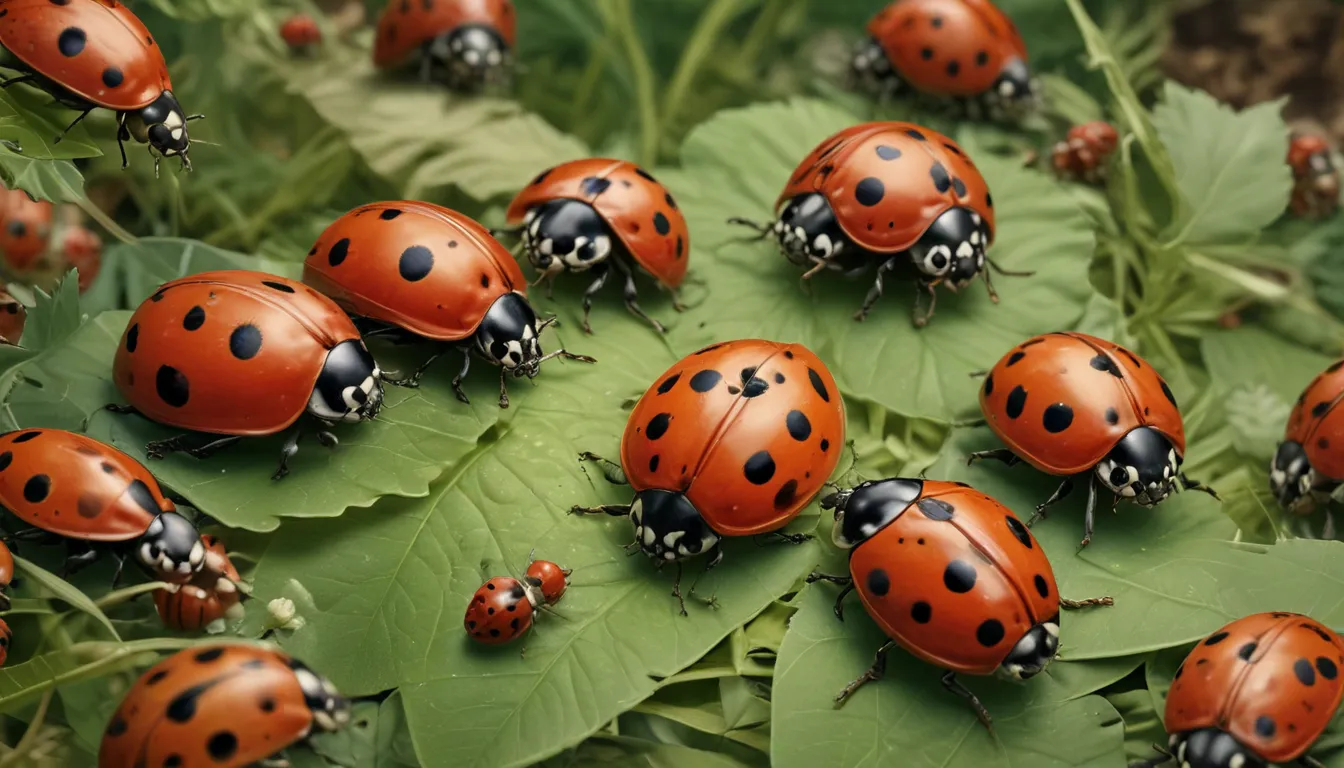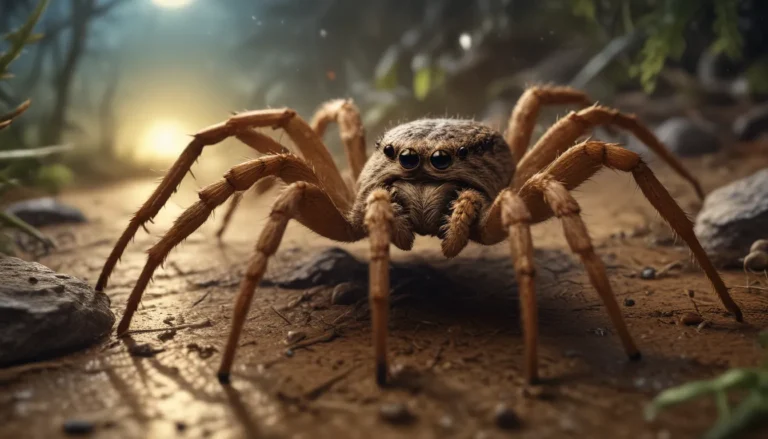The pictures we use in our articles might not show exactly what the words say. We choose these pictures to make you interested in reading more. The pictures work together with the words but don’t take their place. The words still tell you the important facts.
Ladybirds, also known as ladybugs or lady beetles, have long captured the hearts and minds of people worldwide. These delightful creatures are not only beloved for their charming appearance but also valued for their ecological significance. In this article, we will delve into the world of ladybirds and uncover 14 intriguing facts that will broaden your understanding and appreciation of these tiny insects.
The Enchanting World of Ladybirds
Ladybirds are often synonymous with good luck and are revered as beneficial organisms in many cultures. Their vibrant red or orange bodies adorned with black spots make them easily recognizable and adored by many. These small, colorful insects can be found in various habitats, from gardens and forests to urban areas, where they play a vital role in maintaining a balanced ecosystem.
Keys Takeaways:
- Ladybirds are valuable allies to gardeners and farmers as they help control harmful pests like aphids and mites, contributing to the health of plants and crops.
- With over 5,000 species worldwide, ladybirds exhibit a diverse array of colors and patterns, challenging the common perception of them being only red with black spots.
Unraveling the Mysteries of Ladybirds
Contrary to their name, ladybirds are not birds but rather small beetles belonging to the family Coccinellidae. These enchanting insects come in a myriad of colors beyond the iconic red and black, showcasing the rich biodiversity present among them.
Ladybirds are hailed as beneficial insects due to their voracious appetite for harmful pests such as aphids, mites, and scale insects. They serve as natural pest control agents, aiding in the maintenance of healthy plant populations.
During times of peril, some ladybird species can release a yellow fluid, known as reflex blood, containing toxins to deter predators. Additionally, ladybirds hibernate during winter to conserve energy and survive the cold months, showcasing their remarkable adaptability to changing seasons.
Delving Deeper into Ladybird Wonders
Ladybirds boast a unique defense mechanism, capable of playing dead by tucking in their legs and remaining motionless when threatened. This clever strategy confuses predators, granting the ladybird a chance to evade harm.
With a keen sense of smell aided by specialized olfactory receptors on their antennae, ladybirds can locate prey and potential mates with precision. Their ability to communicate through vibrations, produced by rubbing body parts together, further highlights their intriguing behaviors and social interactions.
Ladybirds exhibit a fascinating life cycle characterized by complete metamorphosis, transitioning from egg to larva, pupa, and finally adult stages. The number of spots on a ladybird's back varies by species, with some even lacking spots altogether, adding to the diversity and charm of these insects.
Embracing the Symbolism and Global Presence of Ladybirds
In many cultures, ladybirds are revered as symbols of good luck and prosperity, with their presence believed to bring positive omens. These beloved creatures are found across the globe, inhabiting diverse environments ranging from lush forests to bustling urban landscapes.
Celebrating the Magic of Ladybirds
Ladybirds hold a special place in the hearts of many for their captivating beauty and beneficial contributions to the environment. Their unique characteristics and behaviors underscore their importance as valuable members of the natural world.
As you encounter a ladybird in your garden or amidst nature, take a moment to marvel at the wonders of these tiny beetles and reflect on the intricate tapestry of life they enrich.
Exploring Curious Inquiries About Ladybirds
How long do ladybirds live?
Ladybirds typically have a lifespan of about one year, although this can vary depending on the species and environmental conditions.
Are ladybirds harmful to humans?
Ladybirds pose no threat to humans and are safe to handle, as they do not bite or sting. In fact, they are considered beneficial insects for their role in controlling pest populations.
Do ladybirds migrate?
Some species of ladybirds undertake migration, especially during colder seasons, seeking shelter in warmer areas or hibernating until favorable conditions return.
Can ladybirds be kept as pets?
While ladybirds are fascinating to observe and study, they are not typically kept as pets due to their specific habitat and dietary needs.
Embracing the Wonder of Ladybirds
Ladybirds stand as a testament to the beauty and resilience of nature, embodying both charm and functionality in their petite forms. Their enchanting presence serves as a reminder of the intricate balance within ecosystems and the invaluable role they play in preserving biodiversity.
In a world filled with marvels large and small, ladybirds stand out as poetic symbols of luck, resilience, and harmony. As we journey through life's tapestry, may we continue to appreciate the beauty and wonder that surrounds us, embodied in the delicate form of the ladybird.






